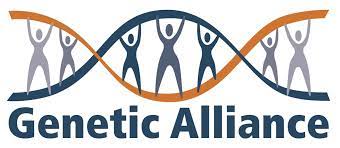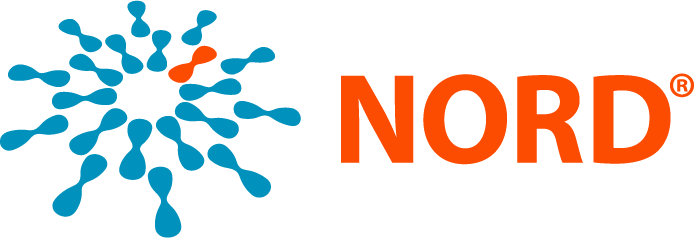Guidelines and Rationale for Treatment of Endocrinological Disorders and Diabetes Occurring in Alström Syndrome
- Insulin resistance
- Diabetes mellitus
- Endocrine – pituitary, thyroid, gonadal, growth hormone
- Lipids
1) Insulin resistance – Insulin is the hormone which channels sugar into cells and increases the storage of sugar as glycogen in muscle and liver. It also promotes storage of fat and building up of proteins including muscle in the body. Any condition which results in abdominal obesity will result in a resistance to the actions of insulin and increased levels of this hormone. This insulin resistance is often associated with high blood fat levels, high blood pressure and a dark pigmentation of skin flexures. This darkening of skin is called acanthosis nigricans and is not in itself in any way harmful.
2) Type 2 diabetes mellitus – In the presence of insulin resistance, diabetes, characterized by a fasting blood glucose greater than 7 mmol/l, can develop. Many, but not all, persons with Alström Syndrome develop diabetes mellitus in their early teens. Weight reduction and aerobic exercise equivalent to 3 hours’ brisk walking per week can improve control of diabetes. In addition, an established treatment, Metformin, is known to reduce average blood glucose levels and complications of diabetes affecting the heart, kidneys and nervous system. Rosiglitazone and Proglitazone have been used successfully in a small number of Alström patients, but hepatic function must be monitored regularly. Later on treatments such as Gliclazide and other sulphonylurea or insulin may be required.
3) Hyperlipidemia – Insulin effectiveness is crucial in facilitating flow of excess fatty acids and sugars into fat cells as storage. People with Alström syndrome and diabetes can have potentially harmfully increased levels of blood lipids, particularly triglycerides. These can often be normalized by diet, exercise and Metformin, but if not, should be reduced by treatment with well-established medications such as the statins or fibrates. Very little data exists however about the safety and efficacy of such treatments before puberty.
4) Endocrine disturbances – The pituitary gland releases hormones which stimulate secretions of the thyroid, adrenal glands, ovaries and testes. In addition, the pituitary gland releases growth hormone which directly affects metabolism and indirectly causes growth in childhood. If hormone deficiencies result from pituitary underactivity, these are called “secondary”, but if they result from failure of one of the glands, “primary”. A whole range of hormone deficiencies has been described in some young people with Alström Syndrome:
a) Primary hypothyroidism. An underactive thyroid gland successfully responding to treatment with thyroxine.
b) Primary hypogonadism. In the male this results in low levels of testosterone, long term reduction of bone and muscle strength, and lack of sexual development or potency. This can be successfully treated with weekly or twice monthly injections of testosterone from puberty onwards. In the female, failure of periods and reduced sexual development/arousal result. Treatment with cyclical estrogen and progesterone is important and effective.
c) Secondary hypogonadism. When the pituitary fails to stimulate the ovaries or testes, then hypogonadism results in the same way as in primary failure of the ovary or testes and treatment is the same.
d) Growth and development. Growth in height stops soon after the pubertal growth spurt. There is some evidence that this may occur early in Alström Syndrome, which often results in reduced final adult height. Such premature puberty can be delayed in either gender, but this has not yet been tried in Alström Syndrome. Short stature can also result from failure of growth hormone secretion from the pituitary. Careful testing is necessary to establish that growth hormone deficiency is present in a child: treatment by growth hormone injection can help but must be closely monitored. Growth hormone replacement in adolescents or adults with Alstrom Syndrome is the subject of intense controversy. The strength of the heart muscle might be affected in those with adolescent cardiomyopathy but much more work is required to establish this.
Hormone and metabolic interventions
The effects of diabetes, disturbed blood fats and hormone deficiencies overlap and interact. It is important to state that treatment of diabetes as outlined above, of high blood fats and hormone replacement therapy can all be given in conjunction with one another safely and to good effect. This also applies to added treatment for hypertension and heart failure.
“It is difficult to say what is impossible, for the dreams of yesterday are the hopes of today and the reality of tomorrow.” ~Robert H. Goddard




